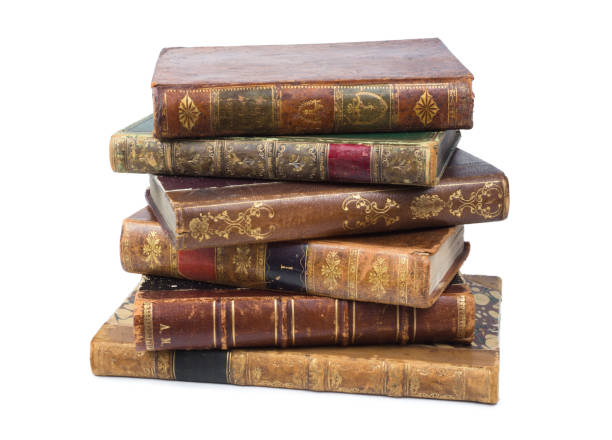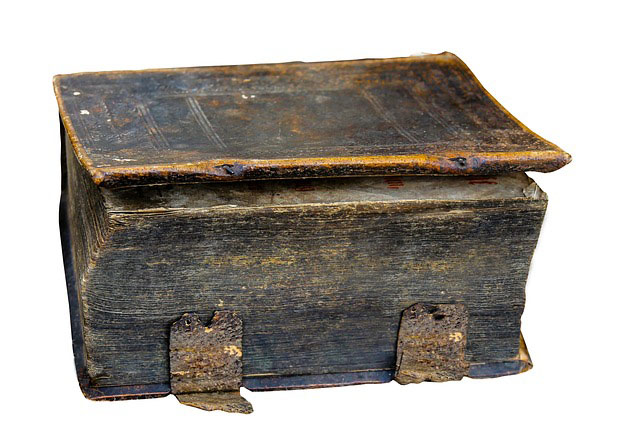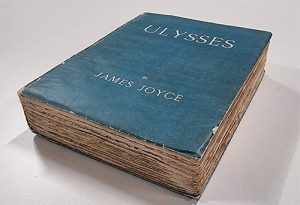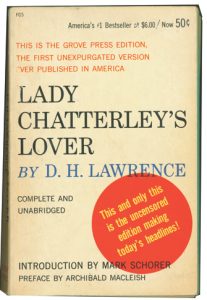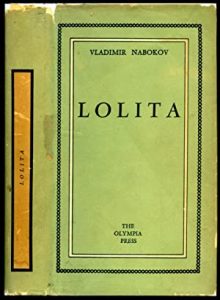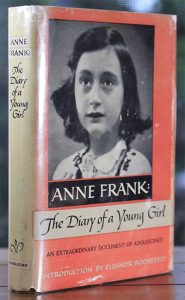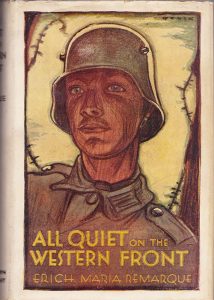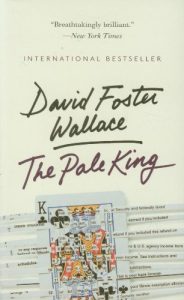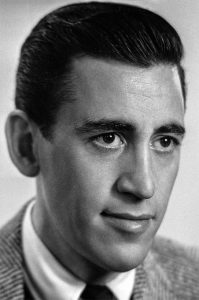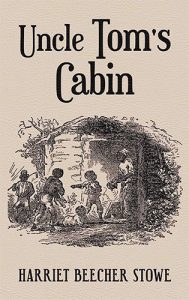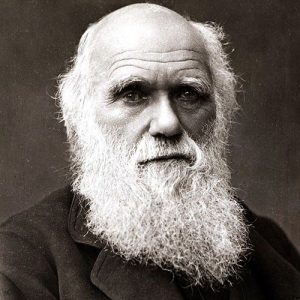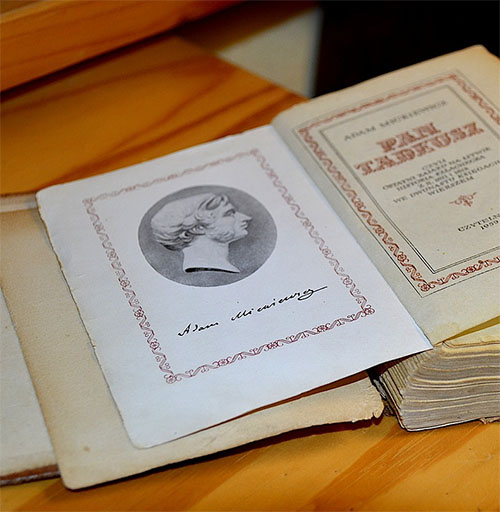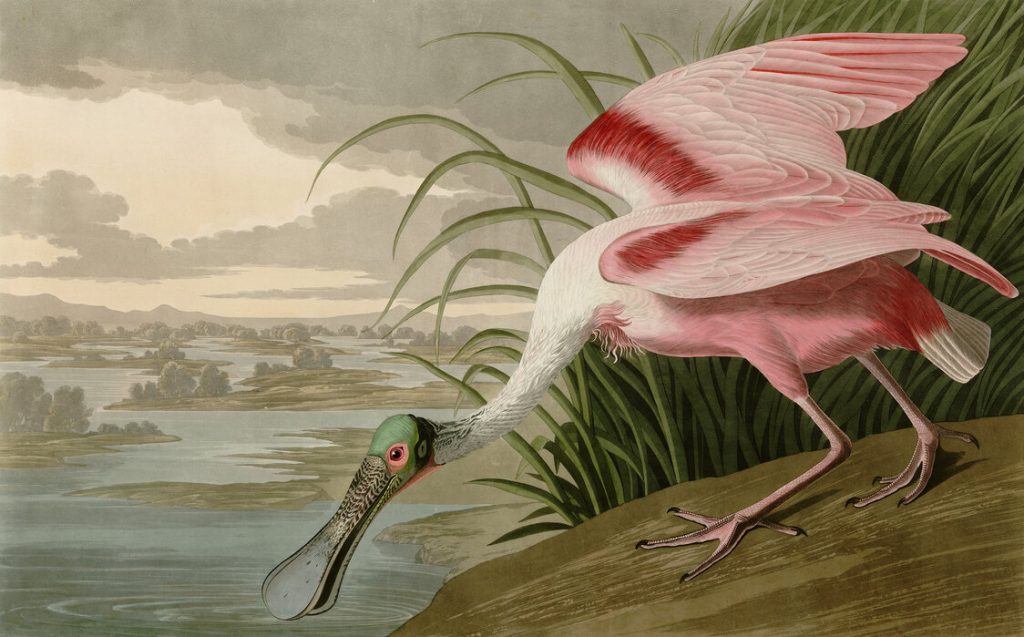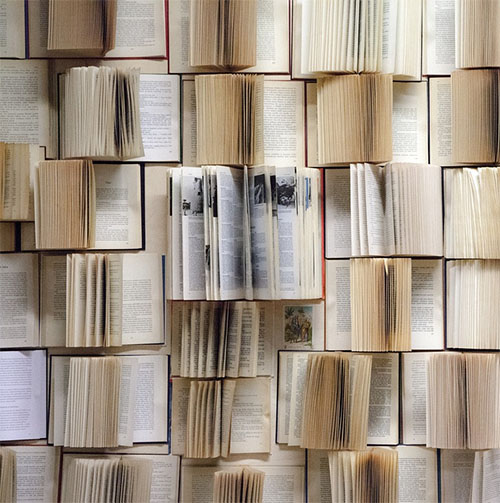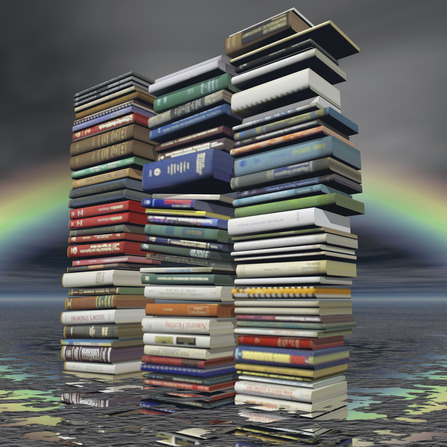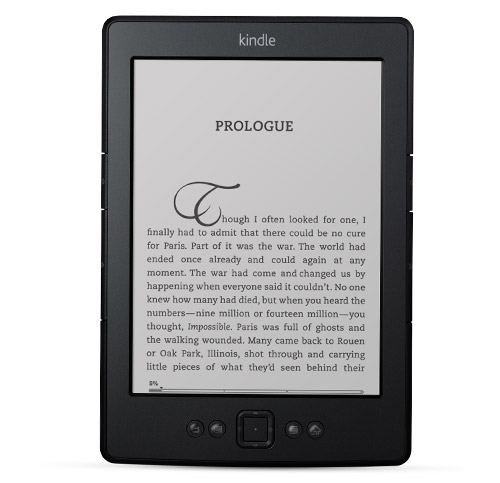Best-Selling Authors of All Time
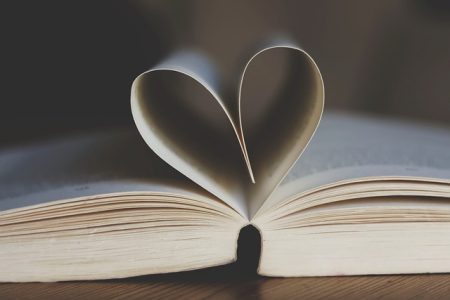
Writing a best-selling novel is one thing; sustaining a legacy across decades—or even centuries—is another. The authors on this list have done just that, connecting with generations of readers through both sheer volume and lasting impact.
To qualify, prolific output plays a major role. The fewest books published by any author here is 23, while some exceeded 100—one by a staggering margin (Barbara Cartland holds the record with over 700 novels). However, popularity also matters. J.K. Rowling, with just 11 novels, is rapidly climbing the all-time Top 10 thanks to the enduring success of Harry Potter.
Notably, Dr. Seuss, with 44 books, landed in the Top 10 but just misses this list, as we focus on novelists rather than poets or playwrights.
This also excludes William Shakespeare, whose 4 billion copies sold over 400 years make him the all-time best-seller—but his works fall outside our scope.
With Shakespeare set aside, we turn to the best-selling novelists who shaped their genres and captivated the world. Let’s dive in—you may be surprised who made the cut.
Agatha Christie
Dame Agatha Christie is the undisputed queen of mystery, her name synonymous with the classic whodunit. Over her career, she wrote 85 books, selling a staggering 4 billion copies—trailing only Shakespeare and the Bible in total sales.
Her iconic characters, including Hercule Poirot and Miss Marple, have captivated readers for generations. Novels like Murder on the Orient Express and The Murder of Roger Ackroyd showcase her masterful plot twists. Countless adaptations in film, TV, radio, and even video games have kept her stories alive, cementing her place in literary history.
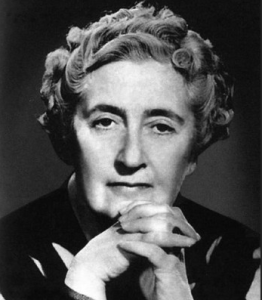

Barbara Cartland
Dame Barbara Cartland was the unrivaled queen of romance, publishing an astounding 723 novels—a feat few could match. Writing under her own name and as Barbara McCorquodale, she specialized in Victorian-era romance, transporting readers to 18th-century ballrooms and drawing rooms.
Her portrait-style covers and timeless themes of love and morality made her books instantly recognizable, selling 1 billion copies and securing her place as the second-best-selling novelist of all time. With a career spanning nearly a century, Cartland’s prolific output remains as remarkable as her sales.
Enid Blyton
Known for her ability to captivate children with stories of adventure, friendship, and mystery, Enid Blyton is a household name. Over the course of her career, Blyton wrote over 600 books, including the beloved Famous Five and Secret Seven series, which have remained staples of children’s literature for generations.
Her works have sold more than 600 million copies worldwide, and her influence on young readers cannot be overstated. With timeless tales that have been translated into countless languages, Blyton’s legacy as a storyteller endures.
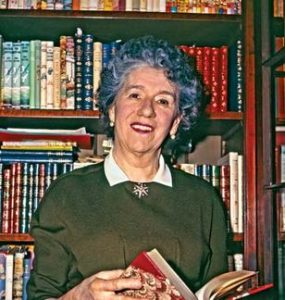

Danielle Steel
Danielle Steel, the reigning queen of contemporary romance, has written 120+ best-selling novels, selling 800 million copies worldwide. Known for emotional intensity and relatable characters, her books have captivated readers for decades.
Beyond romance, Steel has showcased remarkable versatility, writing children’s books, poetry, and non-fiction. With no signs of slowing down, she remains one of the most consistent and influential authors in publishing.
James Patterson
James Patterson is a publishing powerhouse who has authored or co-authored over 200 novels, including popular series like Alex Cross, Women’s Murder Club, and Maximum Ride. With over 425 million copies sold, Patterson’s success lies in his ability to craft fast-paced, suspenseful plots that keep readers hooked.
Patterson is also a champion of literacy, establishing programs and initiatives to encourage reading among young people. His ability to consistently produce best-sellers has cemented him as one of the most successful and influential authors of our time.


J.K. Rowling
J.K. Rowling’s Harry Potter series needs no introduction, as it has become one of the most beloved and enduring franchises in literary history. With over 600 million copies sold worldwide, Rowling’s seven-book saga about the boy wizard has left an indelible mark on pop culture.
Beyond Harry Potter, Rowling has also explored other genres, penning adult fiction under her own name and crime novels under the pseudonym Robert Galbraith. At just over 50 years old, Rowling’s career is far from over, and she continues to climb the ranks of best-selling authors.
Harold Robbins
With just 23 novels, Harold Robbins became a publishing giant, selling 750 million copies with his signature blend of adventure, intrigue, and romance.
His 1948 debut, Never Love a Stranger, sparked controversy for its explicit content but was a commercial success. He went on to write best-sellers like The Carpetbaggers and The Betsy, crafting stories of ambition, wealth, and power that captivated readers and cemented his influence in popular fiction.


Stephen King
The undisputed master of horror, Stephen King has sold more than 400 million copies of his books, which include classics like The Shining, It, and Misery. King’s prolific career spans over 60 novels, countless short stories, and numerous adaptations for film and television.
What sets King apart is his ability to create relatable characters and gripping plots that transcend the horror genre, making him one of the most beloved authors of all time.
Beyond English: Best-Selling Authors in Other Languages
While this list focuses on English-language authors, several non-English writers have achieved remarkable success, shaping global literature and selling hundreds of millions of books.
Corín Tellado (Spain)
With over 4,000 novels and 400 million copies sold, Tellado was a literary phenomenon in the Spanish-speaking world, particularly in the romance genre. Her serialized storytelling captivated generations of readers.
Jin Yong (Louis Cha) (China)
The undisputed master of wuxia (martial arts fiction), Jin Yong’s 15 novels have sold over 300 million copies worldwide. His stories, rich with historical intrigue, complex characters, and epic battles, have been adapted into countless films, TV shows, and comics, making him one of the most influential Chinese writers of all time.
Astrid Lindgren (Sweden)
Best known for creating Pippi Longstocking, Lindgren’s works have sold more than 165 million copies and have been translated into over 100 languages. Her stories, filled with strong, independent characters, continue to inspire young readers worldwide.
Émile Zola (France)
A pioneer of naturalism, Zola’s novels—such as Germinal and Thérèse Raquin—have been read by millions. Though his exact sales figures are unclear, his literary influence is undeniable.
Leo Tolstoy (Russia)
With War and Peace and Anna Karenina, Tolstoy is one of the greatest novelists of all time. While total sales estimates vary, his impact on world literature is comparable to Shakespeare.
